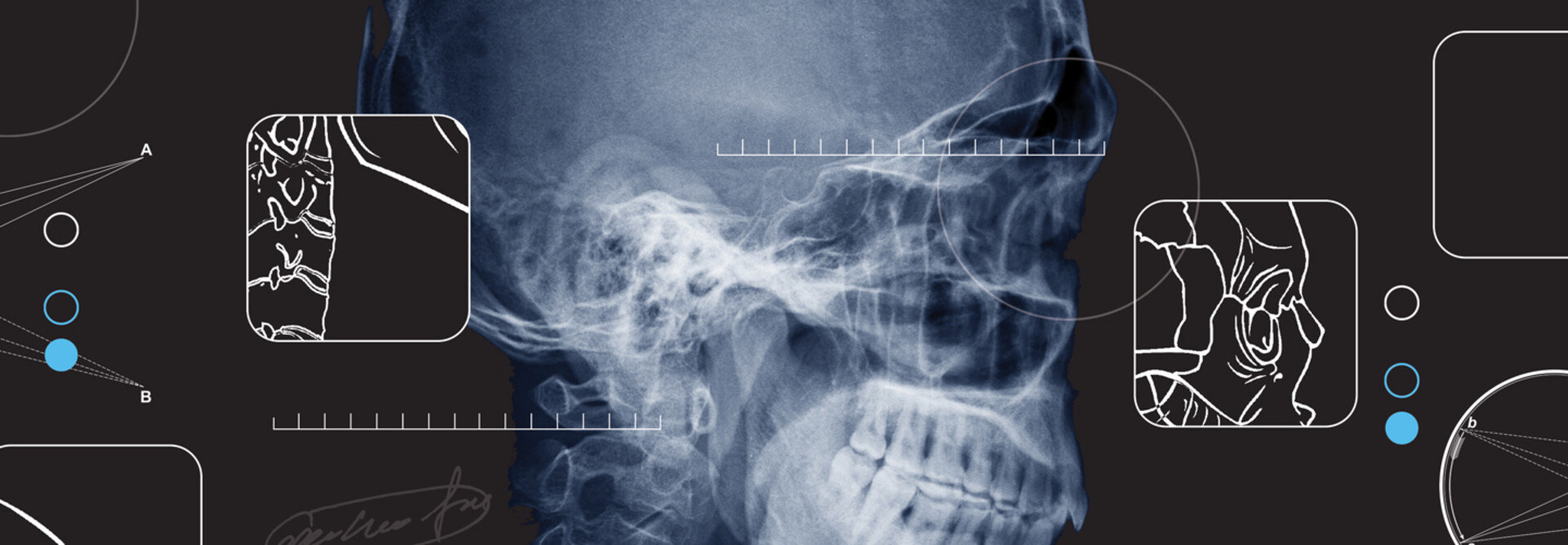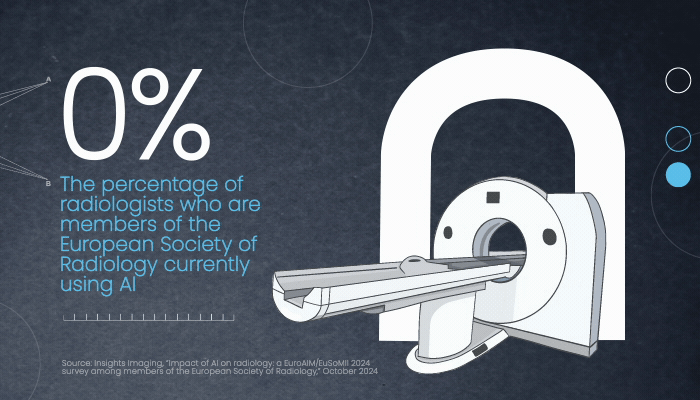Academic medical researchers and tech companies are combining their efforts to develop these new tools. Initial solutions are showing positive results for improving patient care and streamlining operations, radiologists say.
To seamlessly adopt AI in radiology, healthcare organizations can take advantage of their existing technology infrastructure, including medical imaging storage systems, but they must rethink parts of their enterprise, says Mutaz Shegewi, senior research director at IDC Health Insights.
“They need workflow integration. They need computing power, and they’re going to need governance and security,” Shegewi says.
Faster Scans and Improved Emergency Room Care
As UW radiology researchers explore the adoption of AI in their field, they need to keep in mind that only AI technology approved by the U.S. Food and Drug Administration can make it to their health system, Reeder says.
For example, UW Health has incorporated FDA-approved advanced image reconstruction in its scanning machines, which produces sharper images with reduced image noise and artifacts and cuts scan time by 30% to 50%, which can reduce a patient’s exposure to radiation, he adds.
“Patients like it. We like it too, because it means we can schedule shorter exam slots,” Reeder says. “It improves throughput and workflow. It’s a game changer.”
To power AI tools in radiology, UW Health relies on in-house servers, the cloud, general purpose computers and the imaging machines themselves, just to name a few, says John Garrett, director of imaging informatics in UW’s radiology department.
For instance, while some AI models run on standard computers, AI-powered CT and MRI brain perfusion software, which analyzes brain scans and produces color-coded images of how blood flows in the brain, runs on an on-premises server, he adds.
EXPLORE: Unlock data flow with high-performance storage for medical imaging and analytics.
Exams that need more computing power run on GPUs in the cloud, such as CT scans that get evaluated by 10 to 12 AI triage tools, Garrett says. Depending on the specific algorithm, Amazon Web Services and Microsoft Azure perform real-time data processing, while some tools use Google Cloud Platform.
In emergency department triage situations, data is sent to the cloud, where it is processed by multiple AI algorithms. The results are sent back to UW Health’s picture archiving and communication system. A desktop widget on radiologists’ PACS workstations can alert them of high-priority findings, Garrett says.
UW Health radiologists also use AI-powered voice recognition software Nuance PowerScribe on their Dell computers to help with report writing. Reeder has been a longtime user of the solution, which he notes has continuously improved.
“It allows us to generate reports efficiently, accurately and in a standardized way,” he says. “While it’s not perfect, it is accurate. You can say fancy medical words and it gets it right.”













